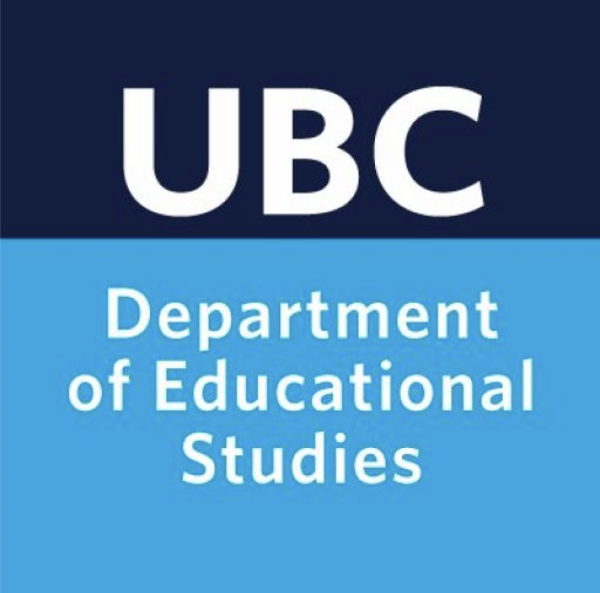Part 5 of the 10-part EDST Dissertation Training Series
By Ella Wright | Blog Editor, EDST | Insights from Dr. Autumn Knowlton
What’s the Difference Between a Conceptual and Theoretical Framework?
One of the most common questions in dissertation writing is:
“Do I need a theoretical framework, a conceptual framework, or both?”
In her workshop, Dr. Autumn Knowlton explained it this way:
- A theoretical framework is built from established theories that you are using to analyze your data.
- A conceptual framework is one that you create, often by combining concepts from different sources to suit your study’s needs.
Both serve the same purpose: they offer an analytical lens that helps you interpret your findings and guide your research. The key is to choose one that works for your project—and stick with it.
Choose the Lens That Fits Your Data
Some researchers begin with a strong connection to an existing theory—Marxism, feminism, critical race theory, or others. In that case, your theoretical framework is clear: you are applying and engaging with a specific body of thought.
Other times, you may not find one theory that fits your topic or participants. You might choose three key concepts and bring them together into a conceptual framework. This is especially common in qualitative, creative, or interdisciplinary research.
“If no theory fits, it’s okay to build your own framework—just make sure it serves a purpose.”
Avoid Too Many Cooks in the Kitchen
A major challenge students face is including too many theories or concepts, hoping to show depth or rigor. But this can overwhelm your reader and confuse your analysis.
Dr. Knowlton put it simply:
“Only keep people in the kitchen who are doing a job.”
That means:
- Every theory or concept should have a clear role in your analysis.
- If it doesn’t serve a purpose, it doesn’t belong.
- You are not writing a textbook—you are framing your own study.
Frameworks Come Alive in Your Discussion
Choosing a framework is not just a box to check in Chapter 3. It is what you use later to make meaning from your data. Your framework shapes how you interpret your findings, how you answer your research question, and how you communicate your contribution.
“You pitched this framework, now use it. Don’t forget about it in your discussion chapter.”
This means you own your choice. Apply it with confidence. It reminds me that in some way:
“You have to drink the Kool-Aid.”
Not literally—but you need to commit to your framework and use it consistently.
Start Where You Are
Some students choose a framework early, others find it through writing and analysis. Either way, be honest about your process. If you struggled to find a theory that worked, you can reflect on that in your methodology or discussion chapter.
The key is that your framework must help you answer your research question and analyze your data—not just decorate your dissertation.
Key Takeaways
- Theoretical frameworks use existing theory; conceptual frameworks are created by you.
- Choose a lens that serves your data and research question.
- Avoid including theories that do not do active work in your analysis.
- Your framework belongs in your discussion chapter—not just earlier on.
- Commit to your framework—own your choice.
Explore the Full Dissertation Training Series
- Overview Post – About the Workshops and Series
- Part 1 – Not a Book, Not a Mystery: What Your Dissertation Really Is
- Part 2 – From Jumble Sale to Funnel: Planning Your Dissertation for Clarity and Flow
- Part 3 – Hold the Target, Not the Dart: Crafting and Evolving Your Research Questions
- Part 4 – Conversations, Not Catalogues: Writing a Literature Review with Purpose
- Part 5 – Kitchen Rules: Conceptual and Theoretical Frameworks Explained
- Part 6 – You Are the Method: Positionality, Ethics, and Making Knowledge
- Part 7 – Sock Time: Presenting Your Findings with Clarity and Confidence
- Part 8 – Weaving the Threads: Discussion and Meaning-Making
- Part 9 – What I Did, Why It Matters: Writing Your Scholarly Conclusion
- Part 10 – Don’t Go in Circles: Writing, Editing, and Staying Sane
Resources
Dissertation Preparation and Policies
- UBC Grad Studies – Getting Started:
https://www.grad.ubc.ca/current-students/dissertation-thesis-preparation - Style Guides and Computer Tools:
https://www.grad.ubc.ca/current-students/dissertation-thesis-preparation/style-guides-computer-tools
Writing Support and Self-Guided Modules
- EDST Thesis Writing Module:
https://thesismodules.edst.educ.ubc.ca/ - Developing a Dissertation (EDST Module):
https://thesismodules.edst.educ.ubc.ca/module-library/developing-a-dissertation/ - UBC Library Dissertation Guide:
https://guides.library.ubc.ca/dissertation
Free One-on-One Writing Support
- UBC Writing Consultations for Graduate Students (writing and referencing help):
https://writing.library.ubc.ca/graduates/writing-consultations/
Workshop Recording and Presenter
- Click to view Dr. Autumn Knowlton’s workshop presentation slides.
- Dr. Autumn Knowlton – (Re)Visions Website: https://www.autumnrevisions.com/
Explore More
UBC EDST students can access free tools and support through the Thesis Writing Module and the Developing a Dissertation module. For writing and referencing help, book a free graduate writing consultation.


Leave a Reply